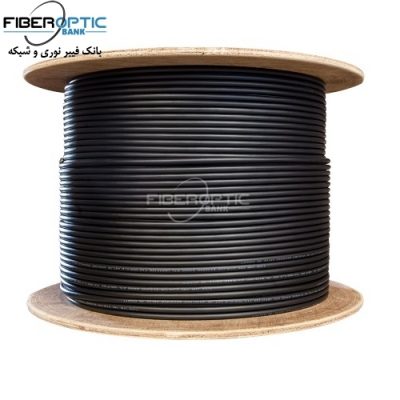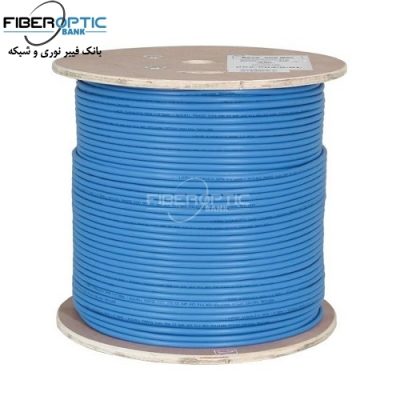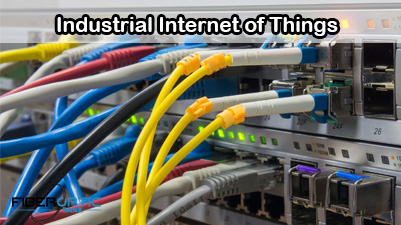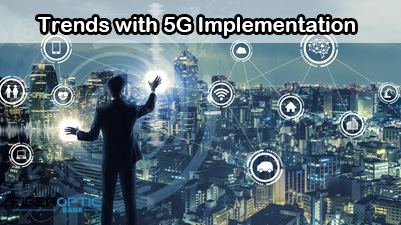What Are 2.5G and 5G Multi-Gig Ports
With the continuous advancement of technology, Ethernet ports have evolved to offer faster speeds and improved performance. Two notable advancements in this realm are 2.5 Gigabit Ethernet (2.5G) and 5 Gigabit Ethernet (5G) Multi-Gig ports. In this article, we will delve into these technologies, explore their capabilities, and provide insights to help you make an informed decision about choosing between 5G, 2.5G, or 1 Gigabit Ethernet (1G).
What Are 2.5 Gigabit Ethernet and 2.5G Ports?
2.5 Gigabit Ethernet (2.5G) is an intermediate Ethernet speed that offers higher bandwidth than the traditional 1 Gigabit Ethernet (1G) but falls short of the blazing-fast speeds of 10 Gigabit Ethernet (10G). It provides a substantial performance boost for devices that require more bandwidth, such as high-definition video streaming, online gaming, and data-intensive applications.
2.5G Multi-Gig ports are network ports that support 2.5G Ethernet speeds. 2.5G ports can be found in various networking devices like 2.5G switches, routers, and network interface cards (NICs). They are backward compatible, meaning they can also operate at slower speeds like 1G or 1000 Mbps, enabling seamless integration with existing infrastructure.
What Are 5 Gigabit Ethernet and 5G Ports?
5 Gigabit Ethernet (5G) takes the speed a step further and provides even higher bandwidth compared to 2.5G. It offers substantial performance improvement over 1G, making it ideal for demanding applications that require increased throughput, such as virtual reality (VR), augmented reality (AR), and high-resolution video streaming.
Similar to 2.5G, 5G Multi-Gig ports are network ports designed to support 5G Ethernet speeds. 5G ports can also operate at lower speeds like 2.5G or 1G to ensure compatibility with legacy devices and networks.
1G vs. 2.5G vs. 5G
To better understand the differences between these Ethernet speeds, let’s compare their key features:
Bandwidth: 1G Ethernet offers a maximum bandwidth of 1,000 Mbps, while 2.5G provides 2,500 Mbps, and 5G offers 5,000 Mbps. As such, 2.5G and 5G offer higher bandwidth capacity, allowing for faster data transfer rates.
Compatibility: 1G Ethernet is widely supported by most devices and network infrastructure. 2.5G and 5G Ethernet are newer technologies and may require specific hardware support. However, both 2.5G and 5G are backward compatible. For example, 2.5G switches enable connectivity with 1G devices.
Cost: As with any technological advancement, higher speeds often come at a higher cost. 1G Ethernet is generally more affordable due to its widespread adoption and mature technology. The cost of 2.5G and 5G equipment may be higher, but it is expected to decrease over time as technology becomes more prevalent.
Should I use 5G, 2.5G, or 1G?
Choosing the right Ethernet speed depends on your specific requirements and the devices you intend to connect. Here are some considerations.
Internet Service Provider (ISP)
Determine the maximum internet speed provided by your ISP. If it is below 1G, using a 1G Ethernet connection would suffice. However, if your ISP offers speeds higher than 1G, upgrading to 2.5G or 5G Ethernet may be beneficial to fully utilize the available bandwidth.
Device Capabilities
Consider the capabilities of the devices you plan to connect. If you have devices that require high bandwidth, such as gaming consoles, 4K streaming devices, or NAS (Network-Attached Storage) systems, upgrading to 2.5G or 5G Ethernet can significantly improve their performance.
Future-Proofing
If you anticipate an increase in network demands or plan to adopt new technologies that rely on high-speed connectivity, investing in 2.5G ports or 5G ports can provide future proofing. These technologies are designed to accommodate higher bandwidth requirements, ensuring your network remains relevant and efficient in the long run.
Budget
Consider your budgetary constraints. While 2.5G and 5G Ethernet offer superior performance, they may come at a higher cost compared to 1G Ethernet. Evaluate your budget and weigh it against your specific needs to make an informed decision.
Network Infrastructure
Assess the existing network infrastructure and determine its compatibility with higher Ethernet speeds. Upgrading to 2.5G or 5G Ethernet may require compatible 2.5G/5G switches, routers, and NICs. Ensure that your network equipment supports the desired Ethernet speed before making the switch.
Conclusion
In conclusion, 2.5G ports and 5G ports offer higher bandwidth and improved performance compared to traditional 1G Ethernet. They cater to the growing demands of modern applications and devices that require faster data transfer rates. Assessing your specific requirements, device capabilities, budget, and network infrastructure will help you determine whether to opt for 5G, 2.5G, or 1G Ethernet. Keep in mind that the choice should align with your current and future networking needs to maximize the benefits of these advanced Ethernet technologies.
source: community.fs
Related products...
Network Cable
Network Cable
Network Cable
















[ratings]